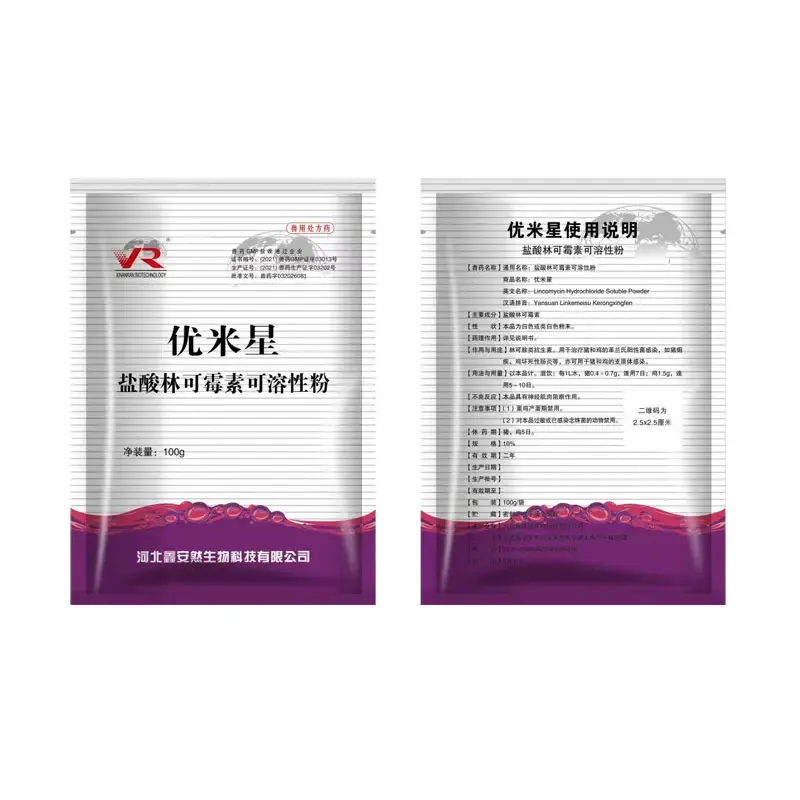- Afrikaans
- Albanian
- Amharic
- Arabic
- Armenian
- Azerbaijani
- Basque
- Belarusian
- Bengali
- Bosnian
- Bulgarian
- Catalan
- Cebuano
- Corsican
- Croatian
- Czech
- Danish
- Dutch
- English
- Esperanto
- Estonian
- Finnish
- French
- Frisian
- Galician
- Georgian
- German
- Greek
- Gujarati
- Haitian Creole
- hausa
- hawaiian
- Hebrew
- Hindi
- Miao
- Hungarian
- Icelandic
- igbo
- Indonesian
- irish
- Italian
- Japanese
- Javanese
- Kannada
- kazakh
- Khmer
- Rwandese
- Korean
- Kurdish
- Kyrgyz
- Lao
- Latin
- Latvian
- Lithuanian
- Luxembourgish
- Macedonian
- Malgashi
- Malay
- Malayalam
- Maltese
- Maori
- Marathi
- Mongolian
- Myanmar
- Nepali
- Norwegian
- Norwegian
- Occitan
- Pashto
- Persian
- Polish
- Portuguese
- Punjabi
- Romanian
- Russian
- Samoan
- Scottish Gaelic
- Serbian
- Sesotho
- Shona
- Sindhi
- Sinhala
- Slovak
- Slovenian
- Somali
- Spanish
- Sundanese
- Swahili
- Swedish
- Tagalog
- Tajik
- Tamil
- Tatar
- Telugu
- Thai
- Turkish
- Turkmen
- Ukrainian
- Urdu
- Uighur
- Uzbek
- Vietnamese
- Welsh
- Bantu
- Yiddish
- Yoruba
- Zulu
Dec . 03, 2024 16:21 Back to list
gentamicine sulfate
Gentamicin Sulfate An Overview
Gentamicin sulfate is an aminoglycoside antibiotic that is widely used in the treatment of various bacterial infections. Discovered in the early 1960s, it has since become a staple in the field of medicine, especially in hospitals. Gentamicin is derived from the bacterium Micromonospora purpurea and is known for its effectiveness against a range of gram-negative and some gram-positive bacteria. This article will explore the uses, mechanisms, side effects, and considerations related to gentamicin sulfate.
Mechanism of Action
Gentamicin sulfate works by inhibiting bacterial protein synthesis. It binds to the 30S ribosomal subunit of bacteria, causing misreading of mRNA and ultimately preventing the formation of functional proteins necessary for bacterial growth and reproduction. This mechanism renders the bacteria unable to multiply, allowing the host's immune system to clear the infection. The bactericidal nature of gentamicin makes it particularly effective in serious infections, such as septicemia, urinary tract infections, and respiratory infections caused by susceptible organisms.
Uses in Clinical Practice
Gentamicin sulfate is primarily used in hospital settings due to its potency and the risks of toxicity associated with its use. It is frequently administered to treat infections caused by Gram-negative organisms, including Pseudomonas aeruginosa, Escherichia coli, and Klebsiella pneumoniae. In addition to systemic infections, gentamicin is also employed topically for skin infections, particularly in cases where gram-negative bacteria are involved.
In some cases, gentamicin is used in combination with other antibiotics to enhance its effectiveness against bacteria that may be resistant to single-agent therapy. For example, it can be combined with a beta-lactam antibiotic to achieve synergy, especially in treating endocarditis or complicated infections.
Formulations and Administration
gentamicine sulfate

Gentamicin sulfate is available in various formulations, including intravenous solutions, intramuscular injections, topical creams, and eye drops. The route of administration is dependent on the type and severity of the infection being treated. For systemic infections, it is commonly given intravenously or intramuscularly, while topical formulations are used for localized skin infections or ocular formulations for eye infections.
Dosing of gentamicin sulfate is typically weight-based and must be carefully monitored due to the potential for nephrotoxicity and ototoxicity. Therapeutic drug monitoring is often employed to ensure that drug levels remain within a therapeutic range.
Side Effects and Precautions
While gentamicin sulfate is an effective antibiotic, its use is associated with several potential side effects. The most significant risks include nephrotoxicity (kidney damage) and ototoxicity (hearing loss or balance issues). These side effects are more likely to occur with prolonged use, in patients with pre-existing kidney problems, or when used in high doses.
Other common side effects may include rash, itching, fever, or gastrointestinal disturbances. Because of these risks, healthcare providers must carefully assess the patient's medical history and renal function before initiating treatment. Regular monitoring of kidney function during therapy is essential to avoid complications.
Conclusion
Gentamicin sulfate remains a critical component in the armamentarium against bacterial infections, particularly in the hospital setting where multidrug-resistant infections are prevalent. Its powerful bactericidal activity, combined with the ability to use it in various formulations, makes it adaptable for treating serious infections. However, its associated risks necessitate prudent use and vigilant monitoring. In the ongoing fight against bacterial pathogens, gentamicin sulfate serves as a testament to the impact of antibiotics in modern medicine, emphasizing the importance of responsible prescribing and comprehensive patient care. As resistance patterns evolve, continual evaluation and judicious use of antibiotics like gentamicin will be essential in preserving their efficacy for future generations.
-
Guide to Oxytetracycline Injection
NewsMar.27,2025
-
Guide to Colistin Sulphate
NewsMar.27,2025
-
Gentamicin Sulfate: Uses, Price, And Key Information
NewsMar.27,2025
-
Enrofloxacin Injection: Uses, Price, And Supplier Information
NewsMar.27,2025
-
Dexamethasone Sodium Phosphate Injection: Uses, Price, And Key Information
NewsMar.27,2025
-
Albendazole Tablet: Uses, Dosage, Cost, And Key Information
NewsMar.27,2025













